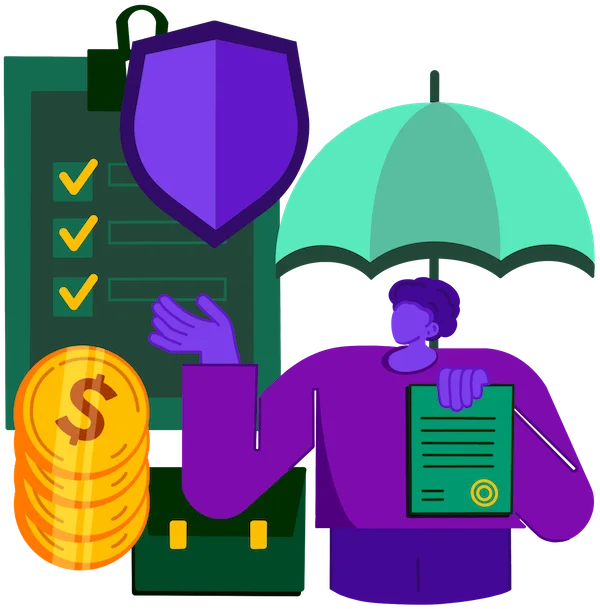Understanding
National
Financial Literacy
Standards

Learn about the 6 Core Pillars
of Personal Finance
as set nationally by the
Council of Economic Education.
of Personal Finance
as set nationally by the
Council of Economic Education.

Financial Literacy Strand 1:
Earning Income
This financial literacy standard covers everything regarding income, taxes, career planning, & entrepreneurship.
This core principle helps students recognize the value of work & employment, the importance of skills and education, and the potential for financial growth through diverse income streams.
Knowledge regarding Earning Income empowers students to make informed career choices, pursue opportunities for advancement, understand taxes, and achieve financial independence.
This core principle helps students recognize the value of work & employment, the importance of skills and education, and the potential for financial growth through diverse income streams.
Knowledge regarding Earning Income empowers students to make informed career choices, pursue opportunities for advancement, understand taxes, and achieve financial independence.

Financial Literacy Strand 2:
Saving
This financial literacy pillar teaches students the importance of setting aside money for future needs and goals.
By learning to save, students develop habits that promote financial security and the ability to handle unexpected expenses.
Understanding the concept of saving helps students appreciate delayed gratification, the long-term benefits of financial planning and the power of financial responsibility.
By learning to save, students develop habits that promote financial security and the ability to handle unexpected expenses.
Understanding the concept of saving helps students appreciate delayed gratification, the long-term benefits of financial planning and the power of financial responsibility.

Financial Literacy Strand 3:
Spending
This financial literacy standard educates students about how to make informed and conscious decisions with their money.
Students understand needs versus wants, budgeting, and the impact of spending choices on their financial health.
By mastering these concepts, students learn to prioritize their expenditures, avoid impulsive purchases, and manage their resources efficiently.
Students understand needs versus wants, budgeting, and the impact of spending choices on their financial health.
By mastering these concepts, students learn to prioritize their expenditures, avoid impulsive purchases, and manage their resources efficiently.

Financial Literacy Strand 4:
Credit
This financial literacy standard helps students build healthy credit habits by educating students about credit scores, responsible borrowing, and the consequences of debt.
Teaching students about credit management helps them make informed decisions about using credit cards, loans, and other forms of credit.
Good credit management skills enable students to access financial opportunities and avoid the pitfalls of excessive debt, contributing to their overall financial well-being and stability.
Teaching students about credit management helps them make informed decisions about using credit cards, loans, and other forms of credit.
Good credit management skills enable students to access financial opportunities and avoid the pitfalls of excessive debt, contributing to their overall financial well-being and stability.

Financial Literacy Strand 5:
Managing Risk
This financial literacy standard helps students recognize and mitigate potential financial risks.
Managing risk includes understanding insurance, diversification, and emergency funds, empowering students to protect their assets and minimize losses in unpredictable situations.
By learning these skills, students are better prepared to navigate financial uncertainties and make decisions that safeguard their financial future, promoting resilience and financial stability.
Managing risk includes understanding insurance, diversification, and emergency funds, empowering students to protect their assets and minimize losses in unpredictable situations.
By learning these skills, students are better prepared to navigate financial uncertainties and make decisions that safeguard their financial future, promoting resilience and financial stability.

Financial Literacy Strand 6:
Investing
This financial literacy standard introduces students to the concept of building generational wealth through stocks, bonds, ETFs, mutual funds, and real estate.
It’s important to emphasize the importance of investing early, understanding risk versus return, and how to leverage the power of compound interest.
This knowledge encourages proactive financial planning, contributes to students’ financial growth and security, and helps students build a strong foundation for wealth accumulation.
It’s important to emphasize the importance of investing early, understanding risk versus return, and how to leverage the power of compound interest.
This knowledge encourages proactive financial planning, contributes to students’ financial growth and security, and helps students build a strong foundation for wealth accumulation.











